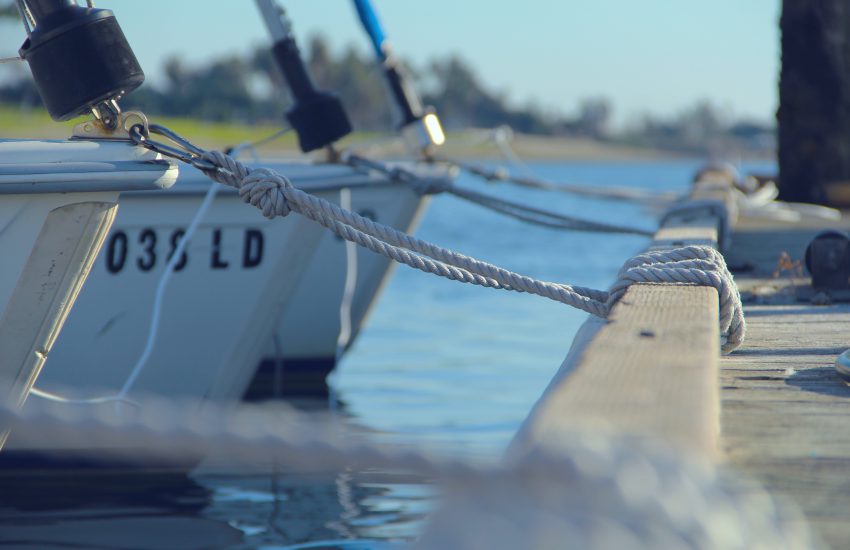One of the key tools used on every boat is rope. Whether it’s for anchoring, pulling a skier, or tying up to a dock, you are sure to find a rope of some kind on any boat. When shopping for rope, it can be daunting as there are many different types, brands, and uses. You’ll want to make sure you are shopping for the proper rope to get the job done. Buying the wrong rope could end in disaster if you lose an anchor or break a dock line. This guide will help describe types of rope, a few of the popular brands, and give suggestions based on what your use will be.
Most Common Nautical Ropes
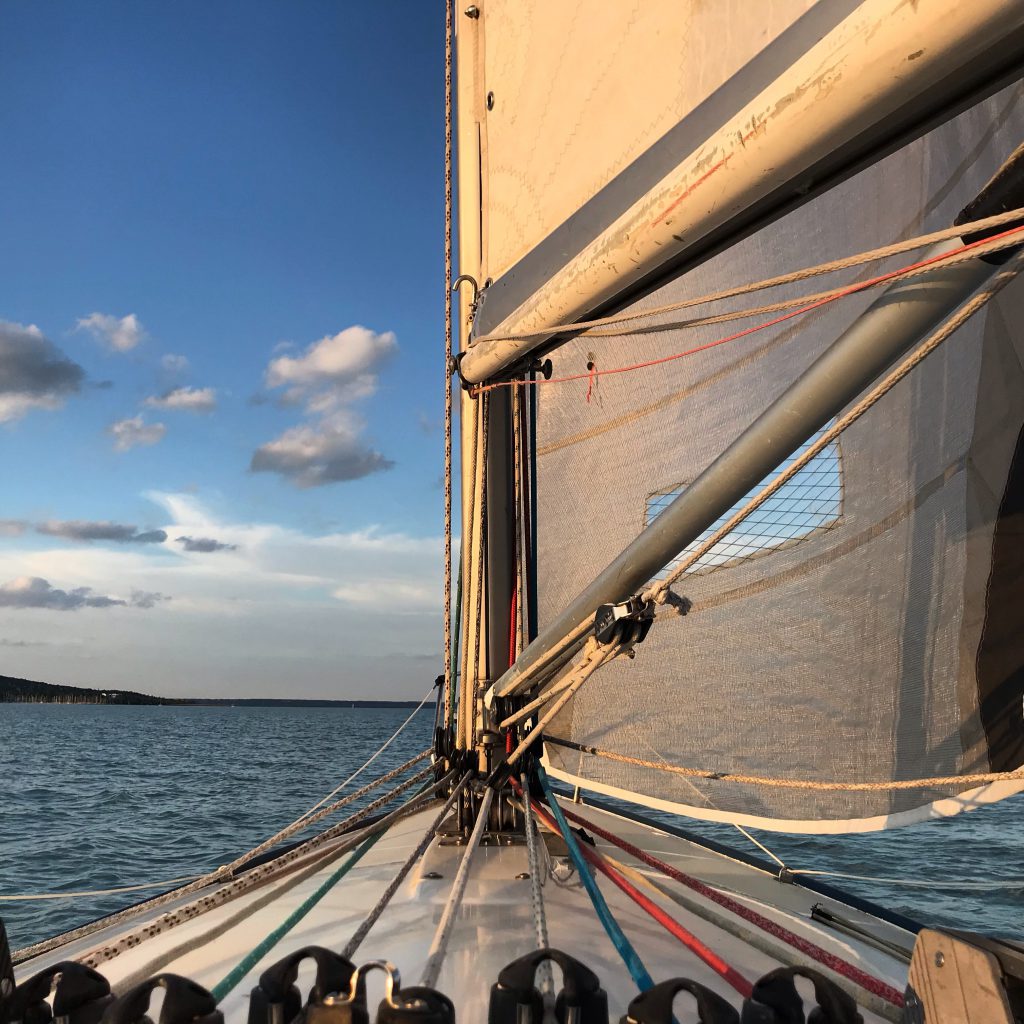
There are a few different types of ropes used in the nautical scene. In todays world, natural fiber ropes are not as commonly used due to their stiff, brittle nature. We are going to cover synthetic fiber ropes, three in particular that are of the most commonly found on boats. These include:
- Polyester
- Polypropylene
- Nylon
Polyester
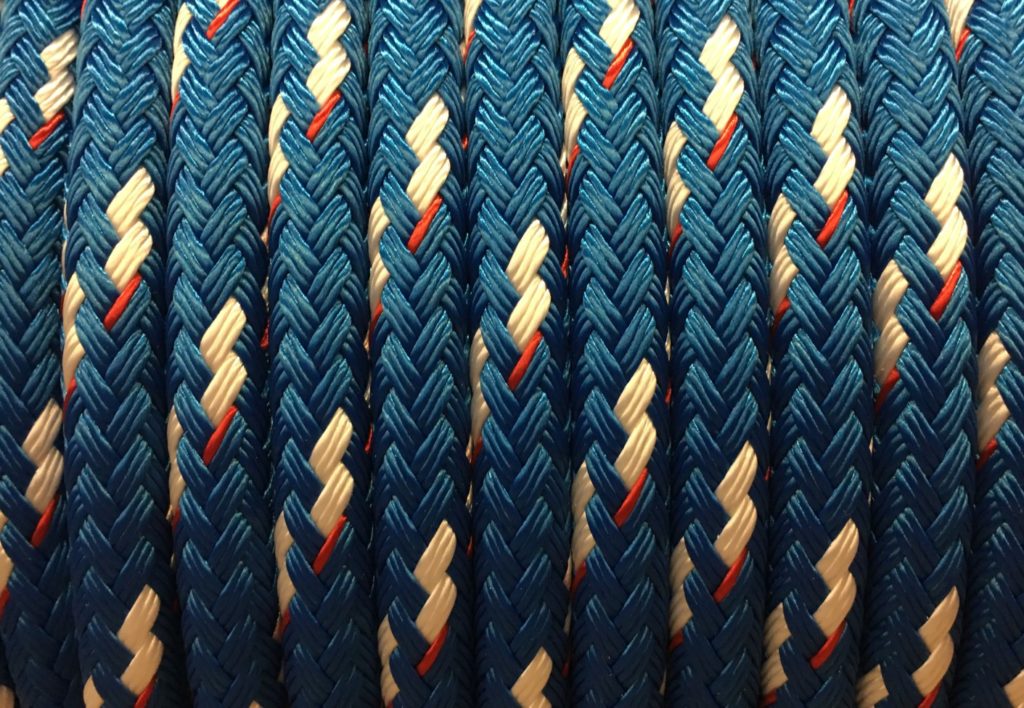
| Pros | Cons | Typical Uses |
|---|---|---|
| Resistant to abrasion | Less stretch then Nylon | Typically used for rigging on sailboats due to its soft nature and minimal stretch |
| Higher UV resistance | Does not float in water | |
| Soft to the touch | ||
| Strong (comparable strength to Nylon) | ||
| Less stretch then Nylon |
Polypropylene
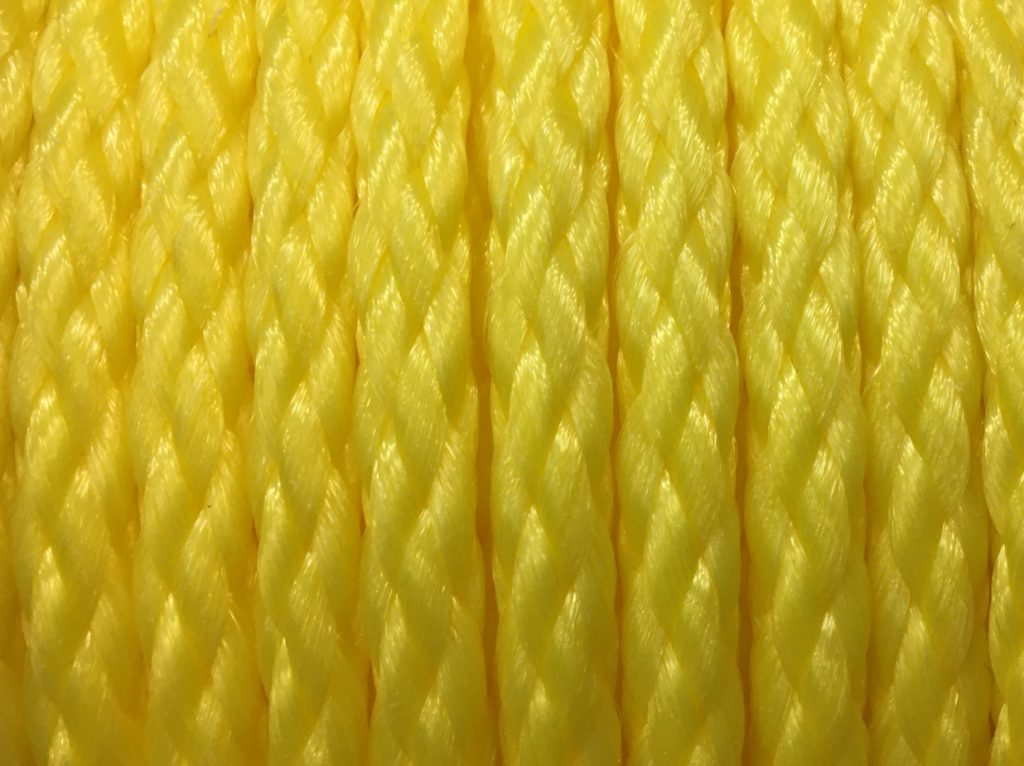
| Pros | Cons | Typical Uses |
|---|---|---|
| Floats in the water | Less UV resistance | Typically used for water skiing and wakeboarding tow lines due to its minimal stretch, durability, and ability to float in the water |
| Flexible | Slick texture (slippery when wet and less friction to hold knots) | |
| Does not kink easily | Shorter life span than Nylon |
Nylon
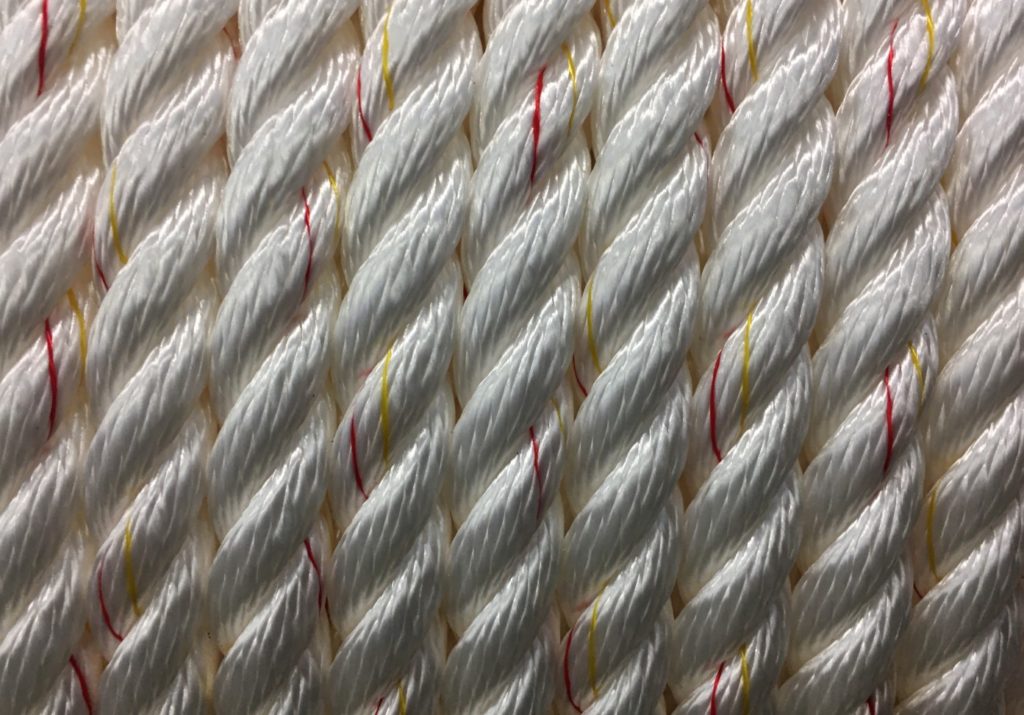
| Pros | Cons | Typical Uses |
|---|---|---|
| Higher elasticity and shock absorption | Higher elasticity and shock absorption | Typically used for docking, mooring, and anchor lines due to its elasticity and excellent shock absorption |
| Strong | Does not float in water | |
| Flexible | Shrinks when wet | |
| Resistant to abrasion | Loses strength when wet | |
| Higher UV resistance |
Common Rope Construction
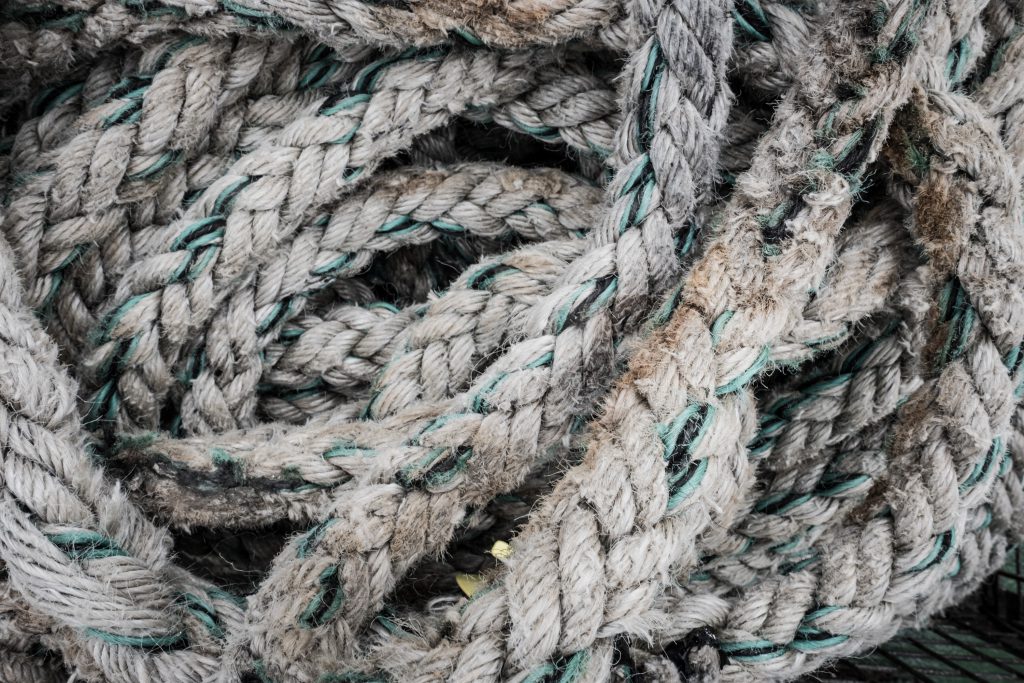
Now that you know a little bit about the types of synthetic ropes that are common on boats, it’s time to get into some of the different types of rope construction. As with the different materials, the construction of a rope can also affect its performance and what it may be best suited for. In this section we’ll touch on a few of the basic rope construction types that are most commonly found in relation to the types of ropes we reviewed in the previous section. The most common rope constructions are as follow:
- Single Braided Rope – A single braided rope consists of a main core that runs parallel (not braided or twisted) and has a cover that is braided.
- Double Braided Rope – A double braided rope consists of a main core that is braided, and has a cover that is also braided.
- Twisted Rope – A twisted rope is made up of multiple strands that are twisted together to form one single rope. A three-strand twisted rope is most common in the marine setting
Pros and Cons of Rope Construction
Now that you know a bit about some of the basic rope construction, let’s cover some of the Pros and Cons of each:
Braided Rope
| Pros | Cons |
|---|---|
| More flexible then twisted rope | Difficult to splice two pieces |
| Stronger then twisted rope | Less stretch than twisted rope |
| Smoother to the touch | |
| Less stretch than twisted rope |
Twisted Rope
| Pros | Cons |
|---|---|
| Easier to splice then braided rope | Typically less flexible then braided rope |
| Typically less expensive then braided rope | Has a higher potential to kink compared to a braided rope |
| Typically more durable in an outdoor environment | Once a twisted rope is cut, the strands can separate if they are not properly sealed |
| Has more stretch than a braided rope | Has more stretch than a braided rope |
Smooth Sailing Marine is powered by product recommendation partnerships.
If we have helped you in your product decision or marine project, you can help us by purchasing through our links. We thank you for your support, we couldn’t be here without our awesome readers!

